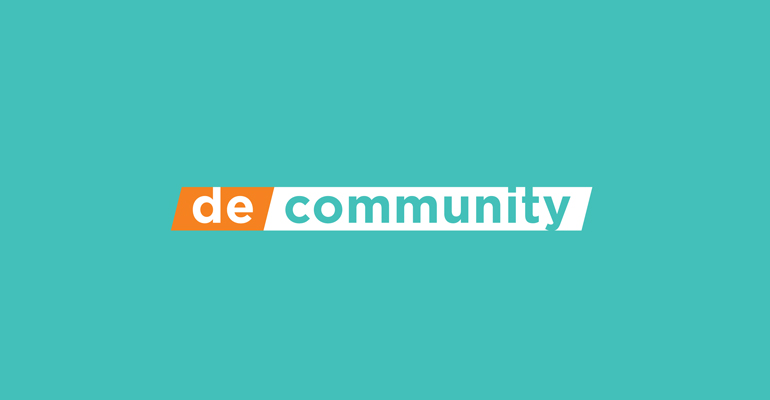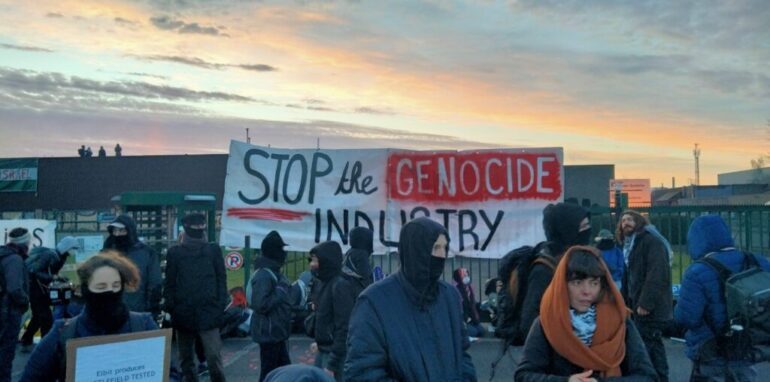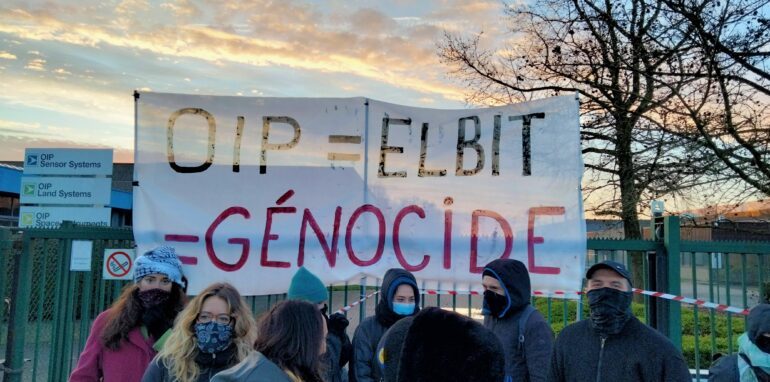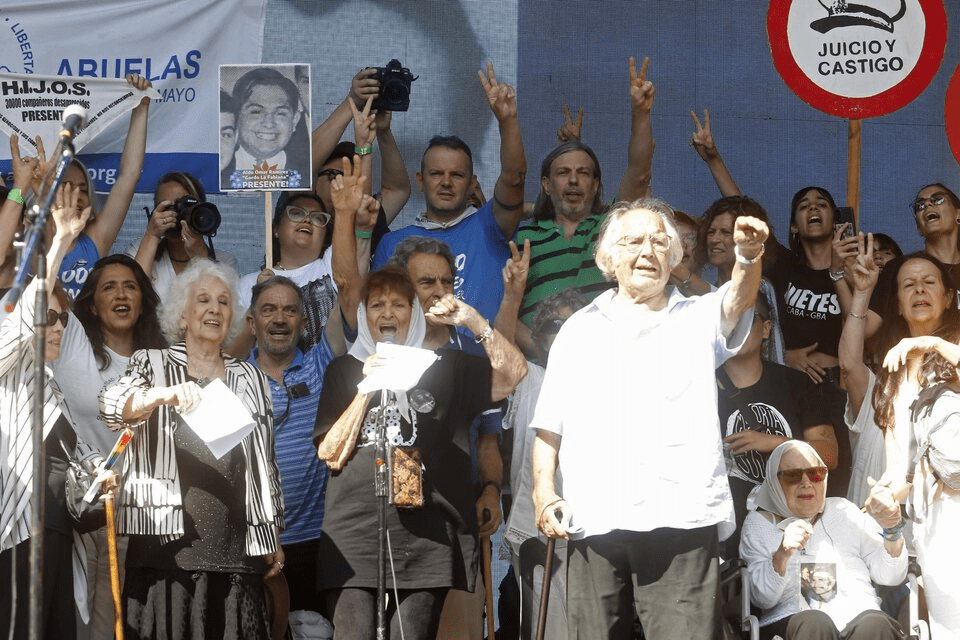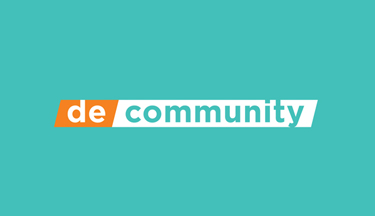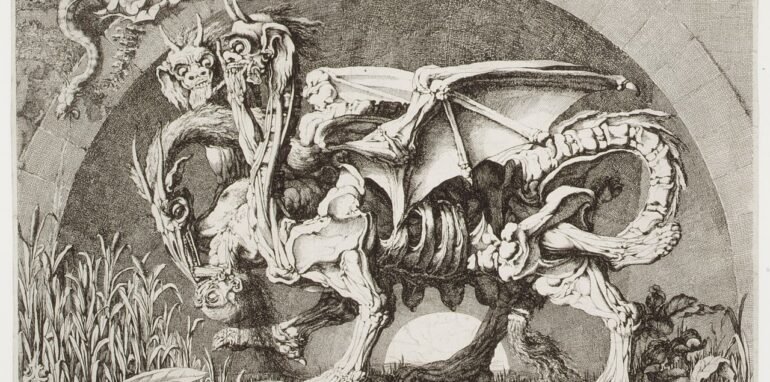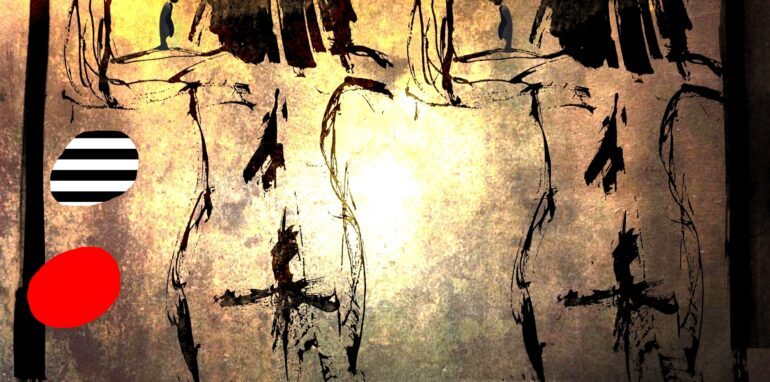– An introduction to Wim Cuyvers’ work on public space, slightly edited and translated from a Dutch text by Kristien Van den Brande:
‘In and throughout his work as an architect, writer and artist Wim Cuyvers searches for moments of existentiality: moments of resignation, of confrontation, of ecstasy, when one exposes his- or herself. The moment when we cease resisting against an unplannable or uncontrollable life and fully give in to the now.
For this type of moments each and every one of us seeks out the same type of space, and we do so in the same way. Thus he regards space as a mediator or communicator that does not suffer from the noise from which other forms of communication suffer. Space is a non-linguistic way through which we can speak, touch and understand one another.’
Cuyvers states that these moments of existentiality can only occur in public space.
Since public space is a term that has been used in many different ways and bears many interpretations, he lists a set of characteristics, or properties by which he recognizes or defines a space as being public. He asks his readers to accept this description during the reading of his texts in order to be able to dis
cuss the topic;
‘1. Public space is the opposite of private space, it is the opposite of privatized space.
- He who privatizes space has acquired this space, he bought it or has inherited it, he confiscated or occupied it. He is protected by laws, habits and power.
- He who privatizes space, has power.
- He who privatizes space, exercises control over it.
- The powerless needs public space.
- Public space is uncontrolled space.
- Public space is the space of powerlessness.
- Public space is economically insignificant, worthless space.
- The perfect public space would be this space where everyone could do anything at any time.
- So, public space is a Platonic notion: one hundredth percent public space seems unthinkable.
- The street is far less public than one would think at first sight: the street separates various flows of traffic, it avoids conflict between these various flows of traffic: you need to have a car to be allowed on one part of the street, or a bike to be allowed on another part of the street.
- Likewise, the square is public space only in limited terms, the pub owner or shopkeeper appropriates this space, installs his terrace or his goods and carefully sweeps the garbage away.
- Leisure kills public space.
- One can recognize public space by garbage littering it: in society unequivocally focused on profit, the places littered by garbage are ignored places.
- Public space is the space of loss, not the space of profit.
- In public space garbage is blown against a vertical structure, a sidewalk, a long wall of an industrial building, a railway verge, a natural rift: the garbage or those considered garbage by society.
- Public space is the space of squander (of energy), not the space of frugal saving.
- Public space is, by definition, located near privatized space; a remote forest is no public space.
- The moment of social transgression is this moment when one gets in touch with oneself and the world.
- Real transgression happens outside of monitored private space: the child looking to light a small fire, the first sexual encounters, drugs,…
- Public space is the space of transgressing the social norm(s).
- Public space is the space of being.
- Public space is the space of non-possessing.
- Public space is existential space.
- Public space is the space of need (the compulsion of having to transgress the societal norm).
- Public space is the space where those in need are.
- Public space is the space where those in need meet each other.
- Those in need leave their traces in public space (garbage from garbage), such as their bodily fluids: tears, urine, blood, sperm. There is no one to sweep it away, the space belongs to no one, nobody feels responsible for it, no one has appropriated it.
- People of different ages, race or culture, people with very different needs, all seem in search for the same public space. Those who are, in various ways, in need seem to read space in a virtually identical way: the child and the aged, the drug addict and the person looking for impermissible sexual encounters…, all make use of public space in the same manner: right beside a parking lot near a bustling road, just behind a screen made of bushes. Those in need, who give in to their need, who accept it, read the place, read the space in the same way.
- He who accepts his very own need will see public space, will read it and understand it. He reads this space as did the other destitute person, who, before him, has seen and identified the space as being ‘public’.
- We all need transgression, we need the space for the transgression, we need public space; we are all in need and vulnerable.
- When a writer writes a book, the reader reads a different book and a next reader will read something else. It seems we can read space univocally, without disruption or interference, when we accept our need (instead of power and knowledge, overview and comprehension).
- Via space a non-verbal – or maybe better pre-verbal – speaking becomes possible.
- If I am able to read space in a way similar to many others, I’m able, across this space, to speak with those others; about myself, those others, about our needs and our fears, about the world.
- I can touch you, for just one moment, through (public) space.
- Maybe common space, the space we have in common, is a better word for public space.’
(Source: these theses are taken from Wim Cuyvers, Musea voor actuele kunst, van het bordeel via de school naar Ikea. De Witte Raaf, editie 128, juli-augustus 2007 (translated by Liesbeth Kennes, http://community.dewereldmorgen.be/blog/lievendecauter/2018/04/18/intervention-at-rozebeke-cemetery-by-wim-cuyvers-lessons-in-architecture-and-activism))
Parckfarm, a small public park in Brussels behind the Tour & Taxis-site is situated on a spot that used to be just this kind of ‘public wasteland’ Cuyvers describes.
In the 19th century, this site was one of the most important commercial junctions in Northern Europe because of its favorable position close to the Brussels’ harbor, which was connected to the harbor of Antwerp via the Royal Canal. Because of decisions made by European institutions the site was eventually abandoned, left to decay. It is bought by private building promotors early on in the year 2000 and it’s not until fourteen years later, ‘public instances’ decided to invest in order to ‘improve the development of the site’ and ‘to put in motion a process of promoting sustainable urban agriculture’ (according the Parckfarm site).
If we follow Cuyvers’ definition, the site was most public at the time when it was an abandoned lot. The space was not recognized as being economically valuable, so they left it to decay and turn into wasteland, an overgrown post-industrialist natural playground. [6], [8] A place that felt beyond the reach of any authority, that had no rules. There were no sponsors, no workshops, the space did not need management. Children could, despite what I would expect to be a clear prohibition by both law (no trespassing) and parents, come here and have their by Cuyvers described first transgressional encounters, like starting a fire or have their first cigarette. It was a place where criminals could dump stolen purses and which had an old railway bridge providing shelter for homeless people. Bushes and trees might have served as informal meeting places for sexual encounters, one can imagine. They all read the space without noise, in the same way. All this time there is tension and excitement in the air and they can ‘speak’ with one another through this space. [16], [17], [20], [21], [25], [28], [29], [30], [31], [33], [34], [35], [36], [37]
From the moment this wasteland was bought by private investors the space was in danger. A future for the place was drawn up by city planners: to make the entire site into a linear park that would (will) stretch from the canal to the city hall of Laeken.
Investments made by public instances led to the creation of ‘Parckdesign 2014’: a festival launched to test a new concept for a park with a both social and ecological ‘target’. To integrate this greenery into the surrounding residential area.
‘Under the direction of landscape architects and a couple of artists the local residents, activists and all kinds of collectives and volunteers, transformed the residual space into a real public park, (…), an urban farm garden, a park for urban gardening. In short: Parckfarm.’ (L.D.C)
Even a public toilet was installed to make the entire site function as a true festival would.
The site is transformed from a residual space (or interstice) into a park for amusement and leisure in a charming post-industrialist decor. [13] The idea of integration is best symbolized in the appointment of an original ‘resident’, a homeless man Marcel, to a day-and-night guard for the entire terrain.
The festival was such a success that they decided to extend their stay, under the newly founded nonprofit organization v.z.w. Parckfarm.
What originally started as an initiative to ‘embellish and open up the site’, to make this common space more ‘public’ (in the popular meaning), has now been officially institutionalized: it is government-funded, it has rules and is monitored, secured. [9] It advertises itself and responds to the public market. It positions itself in this market and tries to attract public – or customers – in order to secure its own future existence. In summer there is a pop-up bar with adjoining terrace where one could enjoy a glass of rosé and pass time chatting with local Maroccan men drinking tea and smoking cigars. Parckfarm as an attractive eco-friendly poster-child for the blossoming multi-cultural city of Brussels. [12, 13]
one could also look at Parckfarm from a more activist approach, saying they saved the common ground from private investors’ capitalist intentions by privatizing it themselves and setting up a summer festival, thus creating a collective memory around the place. Then giving it back to the residents themselves, promoting and helping them set up own initiatives to knit individuals together in order to create a community around this common (but privately owned) space, creating the future ‘gardiens de l’éspace’ who have a common responsibility to this place and who are willing to defend the place from future attempts to turn it into a profitable machine.
Bottom line: the Parckdesign festival was used to effectively make the transition from wasteland into monitored green space a festivity. Only a ‘Parckfarm by night’ could potentially contain some of the edgy Cuyveresque qualities the place used to have, that is until a fence is put up encapsulating and protecting this utopic piece of land. Because the underlying fact still remains that the entire site is owned by private building promotors, who see their investments multiplying precisely because of initiatives like Parckfarm. [8] Sooner rather than later they will want to collect on this immense potential that is created, and it will be in the form of residential buildings or by making it excusive. Parckfarm seems to be in a position where they will soon have to rally up and fight for their existence, and will have to step it up if it wants to be recognized by the masses as a true Zone à Défendre.
Thomas
Sources used :
VAN DEN BRANDE, K., Ondergaan van ruimte, Over het werk van Wim Cuyvers: Architect, schrijver en beeldend kunstenaar: http://e-tcetera.be/ondergaan-van-ruimte/
PARCKFARM, Geschiedenis: http://parckfarm.be/nl/geschiedenis/
DE CAUTER, L., Parckfarm as concrete Utopia. http://community.dewereldmorgen.be/blog/lievendecauter/2015/02/11/parckfarm-as-concrete-utopia
BAVO, Interventie op begraafplaats, Wim Cuyvers in Rozebeke. http://www.bavo.biz/texts/view/67
